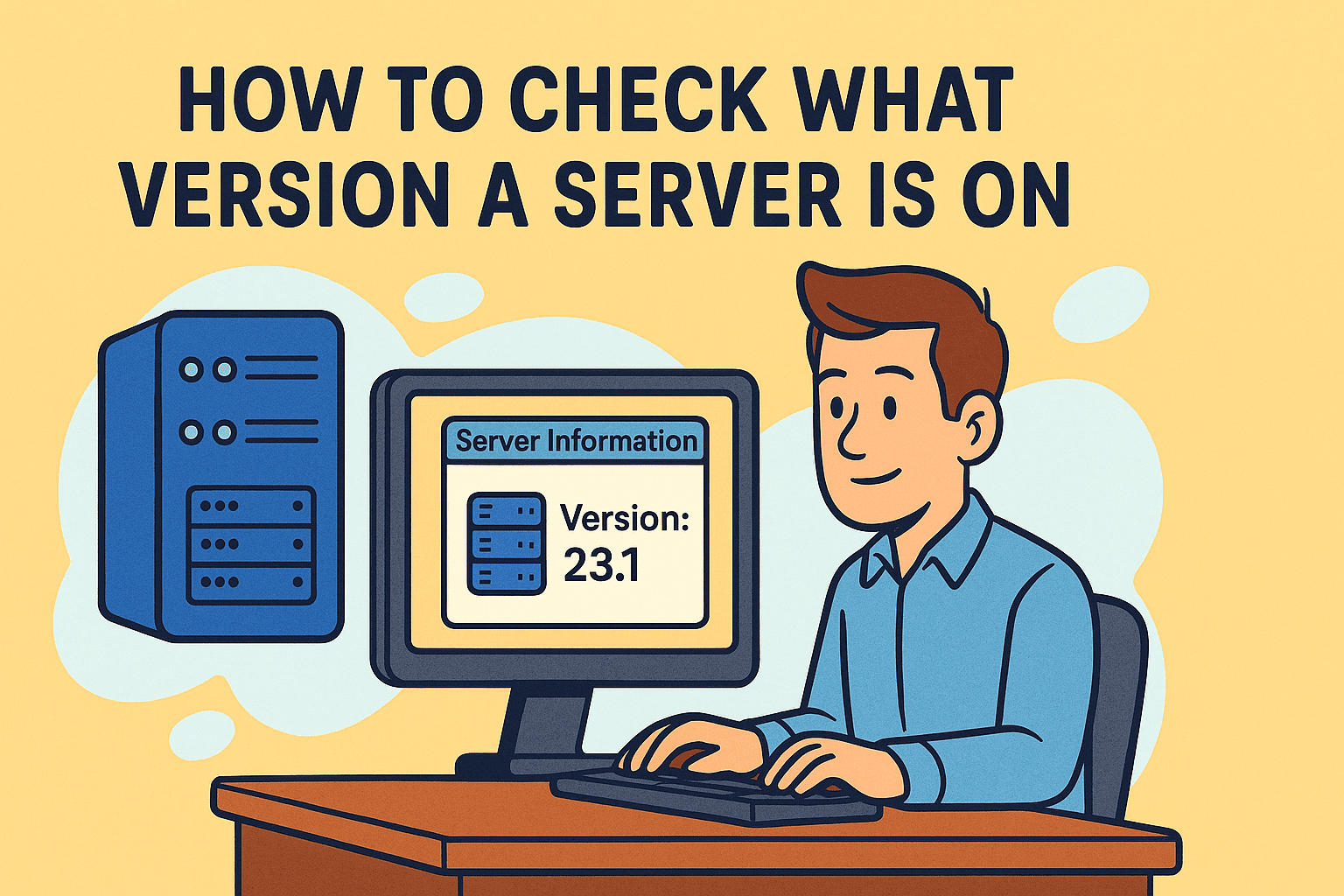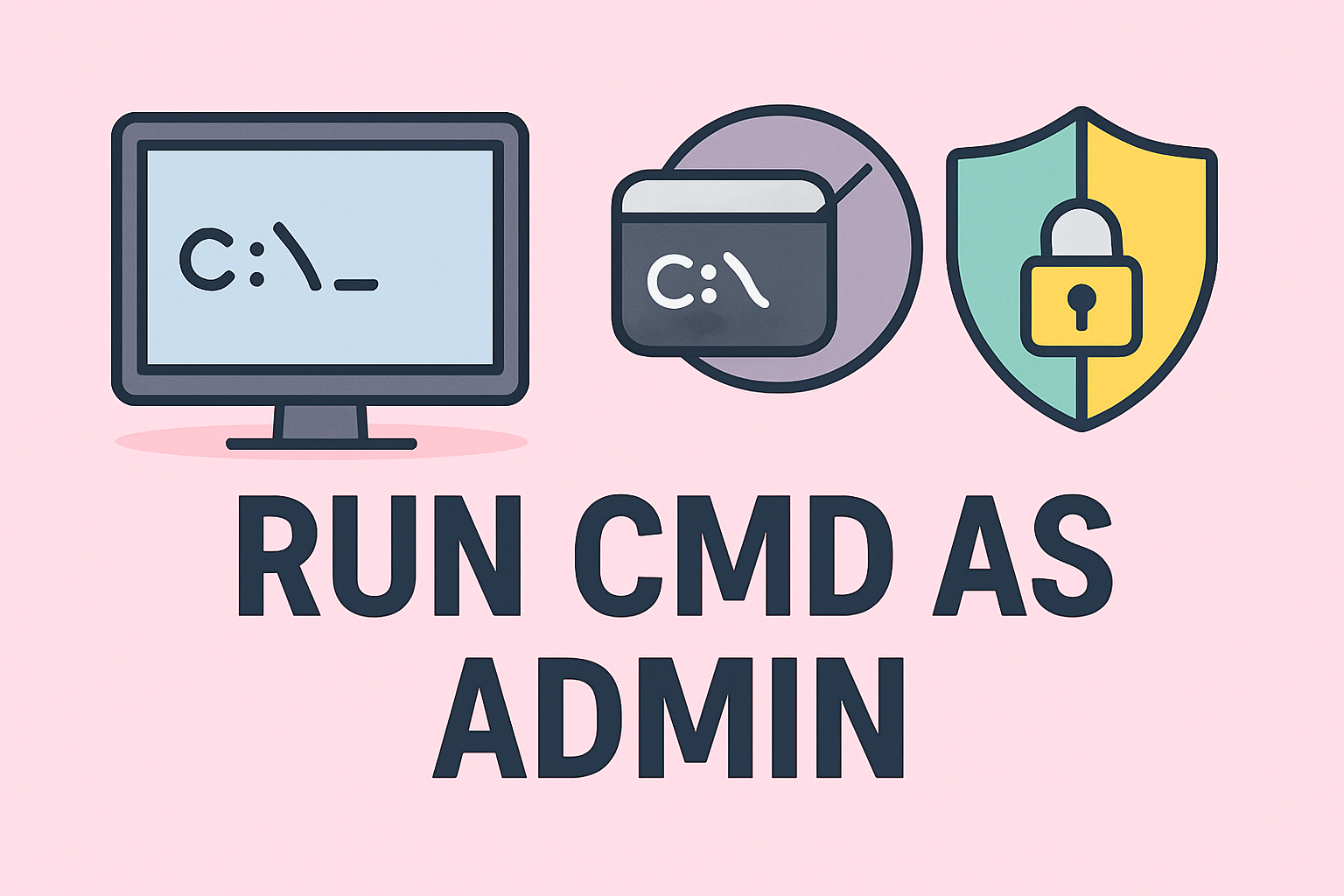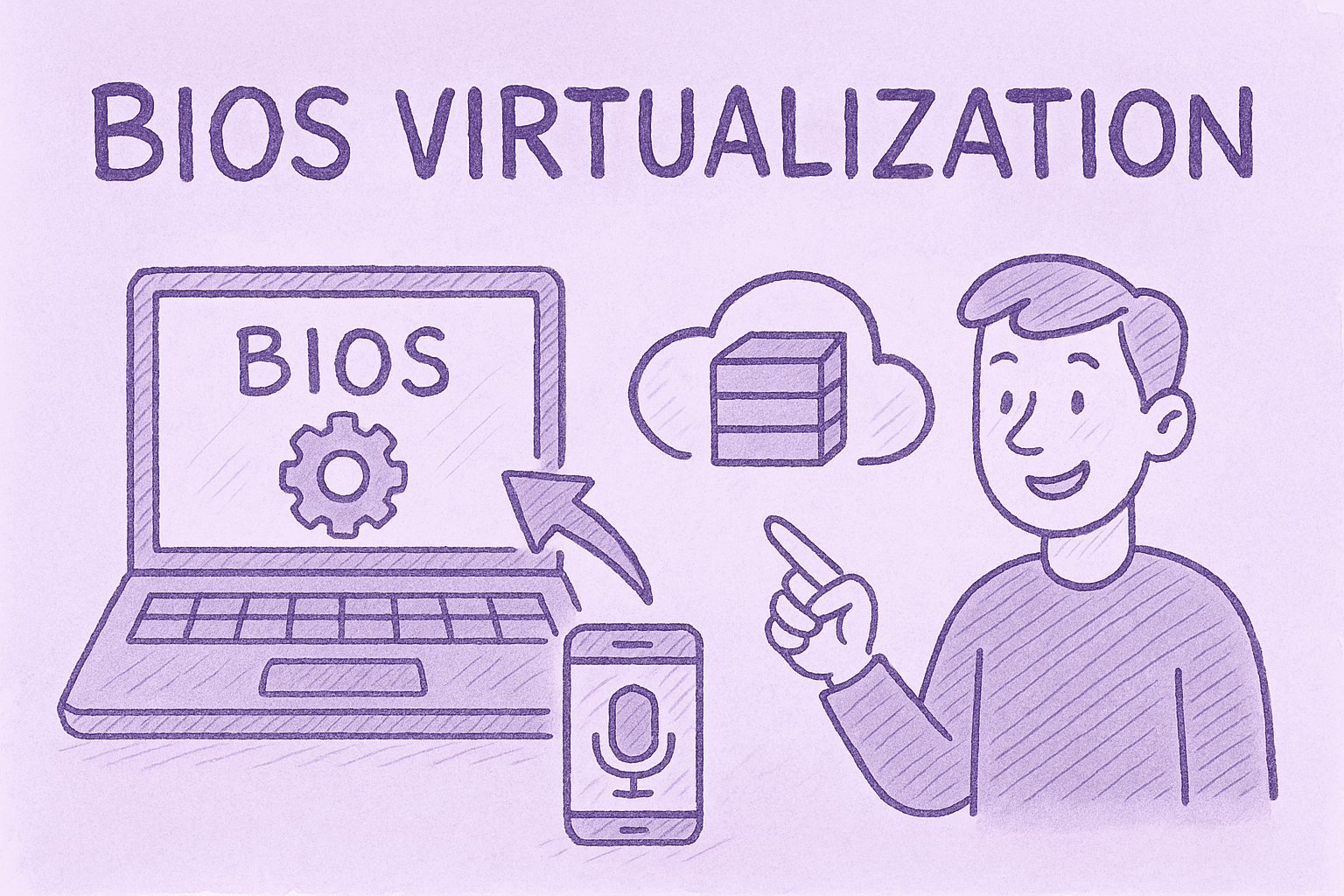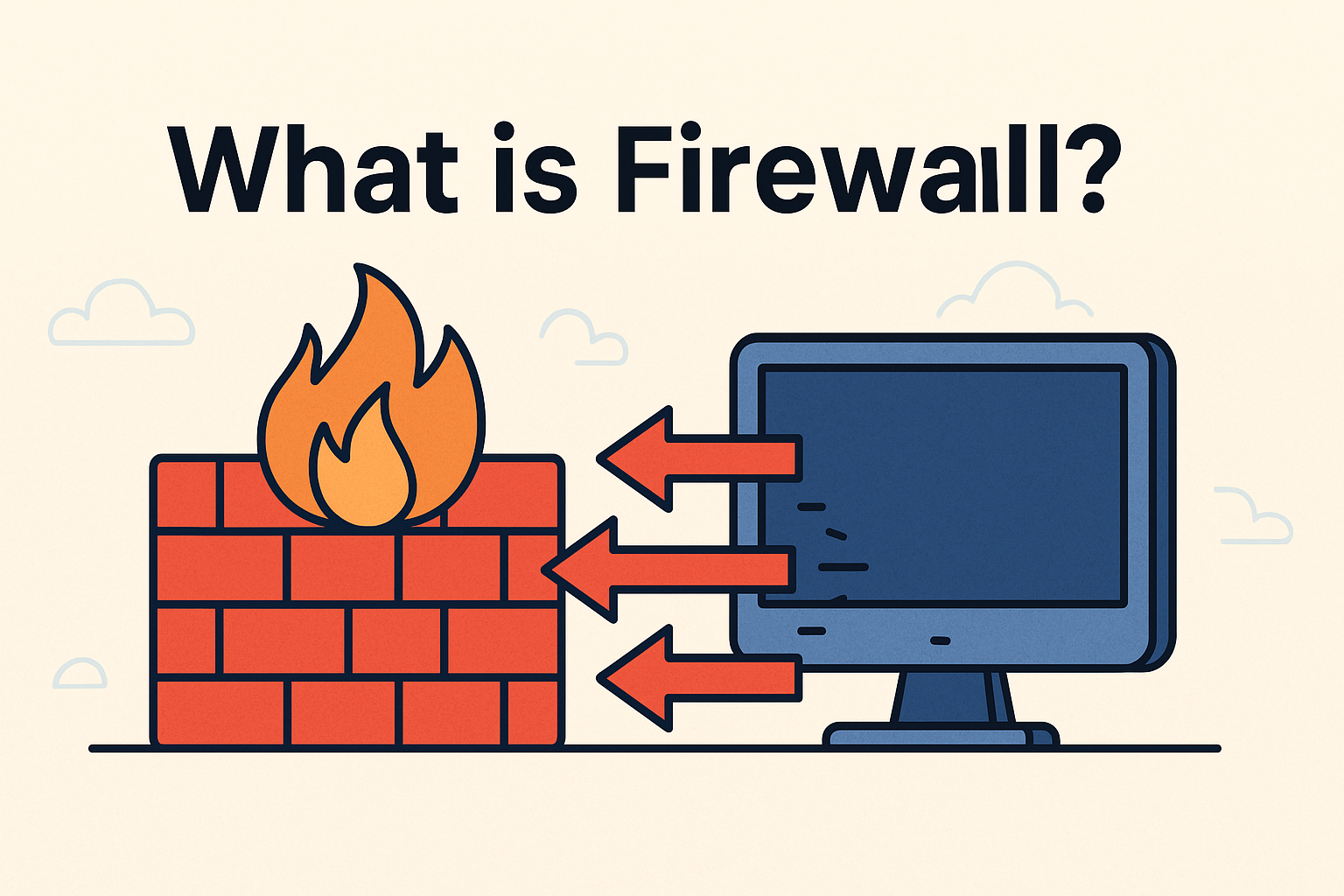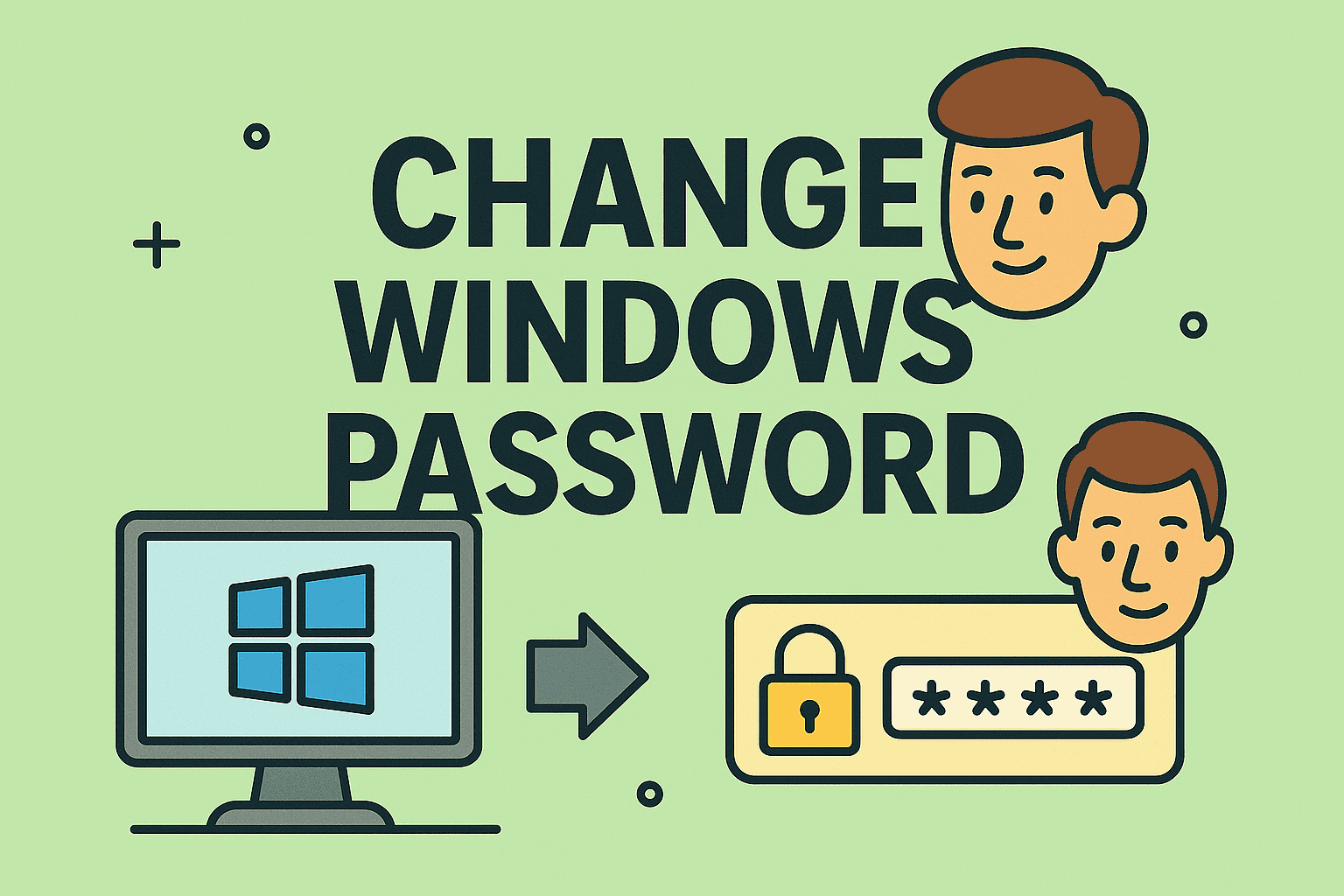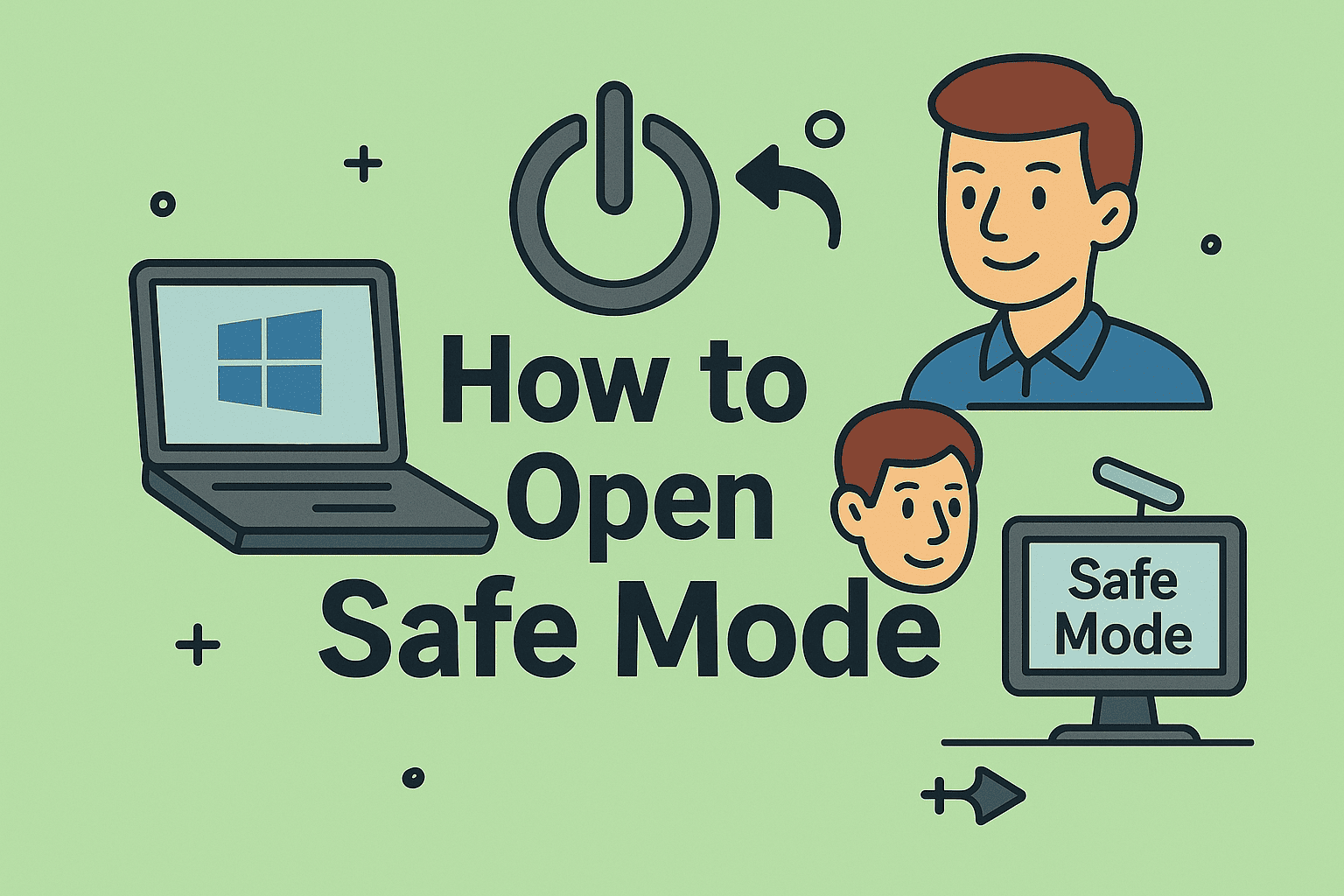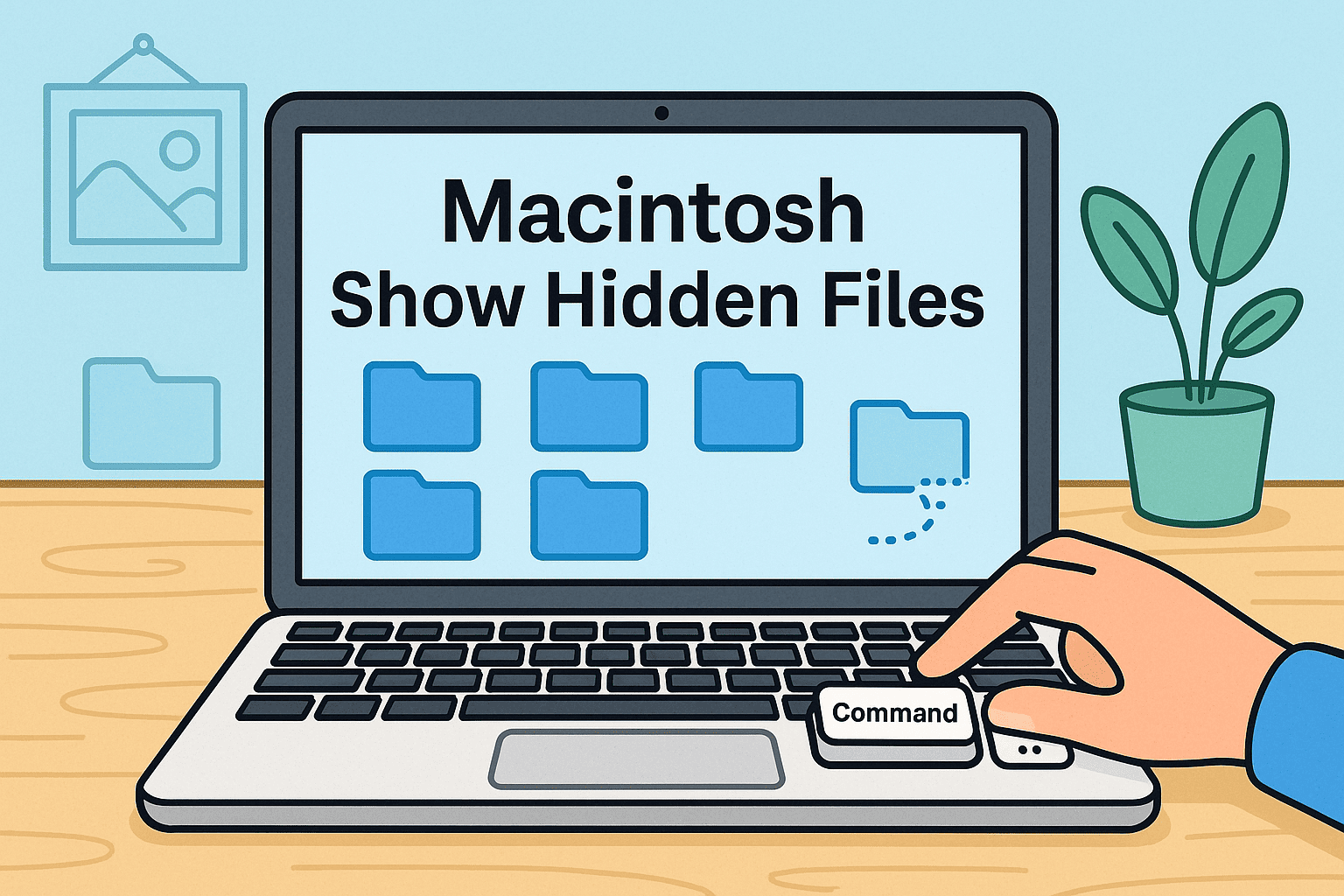Unlocking Chromebook Features Restricted by Management Policies
Updated on November 21, 2025, by ITarian

When a Chromebook is locked with admin restrictions, many users look for ways to regain full access and start searching for how to unmanage a Chromebook. Whether you’re an IT administrator assessing policy changes, a business leader revisiting device security, or a user who purchased a previously managed device, understanding Chromebook management is essential. Managed Chromebooks come with strict controls—set by schools, enterprises, and organizations—to protect data, secure accounts, and enforce usage rules.
This article breaks down what it means for a Chromebook to be managed, explores legal and legitimate methods for restoring access, and explains what IT professionals should know about deprovisioning. Because ChromeOS is designed with strong enterprise-grade protections, unmanaging a Chromebook requires proper authorization and the right process to avoid policy violations or security risks.
Understanding What “Managed Chromebook” Really Means
A managed Chromebook is a device enrolled into an organization’s Google Admin console, which allows administrators to control:
-
User accounts
-
Installed apps and extensions
-
Wi-Fi and network configurations
-
Security and compliance policies
-
Website access rules
-
Power and update behavior
-
Sign-in restrictions
Management ensures security, consistency, and compliance across fleets of devices. However, it also places limitations on users who try to access certain features or change system settings.
Common signs your Chromebook is managed:
-
A message at login: “This device is managed by your organization.”
-
Restricted browsing or blocked URLs
-
Disabled Developer Mode
-
Forced re-enrollment after Powerwash
-
Admin-locked settings you cannot edit
Because of these security controls, understanding how to unmanage a Chromebook requires knowing both ChromeOS policies and the administrative framework behind them.
Why Chromebooks Get Managed in Schools and Businesses
IT managers and cybersecurity teams rely on managed Chromebooks for several reasons:
Centralized Security Control
Management allows organizations to enforce:
-
Encryption
-
Sign-in requirements
-
Device compliance
-
App whitelists and blacklists
User Protection
Managed Chromebooks prevent:
-
Unsafe downloads
-
Unauthorized access
-
Changes to critical system settings
-
Malware or suspicious extensions
Consistent Environment
Organizations use management to ensure every device follows the same:
-
Network setup
-
App configurations
-
User restrictions
-
Data retention policy
The Challenge
When a Chromebook is resold, repurposed, or reassigned, former management settings can remain active until properly removed.
This is where users start searching for how to unmanage a Chromebook, but there are critical legal considerations before proceeding.
Why You Cannot Unmanage a Chromebook Without Authorization
Chromebooks use forced re-enrollment, a security feature baked into ChromeOS. This prevents factory resets from disconnecting a device from its organization.
Google implemented this to protect:
-
School-issued devices
-
Business-owned Chromebooks
-
Enterprise security policies
-
Confidential corporate data
Even after performing a Powerwash, the Chromebook automatically re-enrolls into the organization. This is why users often get stuck in an endless loop.
Important Legal Note
Unmanaging a Chromebook without permission is not allowed.
The only legitimate ways to unmanage a device are:
-
Through the organization’s Google Admin console
-
After receiving explicit authorization from the owner
-
When an IT administrator deprovisions the device
Now let’s break down the legitimate, safe methods.
How to Unmanage a Chromebook Legally and Safely
Here’s the official and authorized process for restoring a Chromebook’s unmanaged state.
Method 1: Ask the Organization to Remove the Device
This is the most common and proper way to unmanage a Chromebook.
The administrator must:
-
Log into Google Admin console.
-
Navigate to Devices → Chrome → Devices.
-
Select the Chromebook.
-
Click Deprovision.
-
Choose the appropriate deprovision reason.
-
Save changes.
Once deprovisioned, forced re-enrollment is removed.
Method 2: Contact the Institution or Previous Owner
Many users buy used Chromebooks unaware they were previously managed.
If you purchased the device from:
-
A school
-
A business
-
An IT reseller
-
An online marketplace
You must request removal of management before the device can be used normally.
Method 3: Use Proof of Ownership for Deprovisioning
If the organization no longer exists or no longer uses Google Admin:
Google may allow deprovisioning with:
-
Receipts
-
Purchase documentation
-
Device serial number
This is often done when:
-
Businesses shut down
-
Schools upgrade devices
-
Hardware is repurposed or donated
Method 4: IT Admin Reset (Authorized Personnel Only)
IT administrators can unmanage a Chromebook by:
-
Removing it from the Admin console.
-
Performing a forced wipe of local data.
-
Verifying re-enrollment is disabled.
-
Reassigning the device to a new fleet or user.
These actions require elevated admin rights.
What Doesn’t Work: Myths About Unmanaging Chromebooks
Many users try to bypass management using methods found online, but ChromeOS is designed to block these attempts.
Myth 1: Developer Mode Removes Management
False — management prevents enabling Developer Mode.
Myth 2: Powerwash Removes Enrollment
Powerwash simply resets local data but does not remove management.
Myth 3: USB Recovery Removes Admin Restrictions
The device will still re-enroll after recovery.
Myth 4: Resetting BIOS Unlocks the Device
Chromebooks do not store enrollment in BIOS.
Myth 5: Using Terminal Commands Removes Management
Management is enforced server-side, not locally.
Understanding these myths ensures you avoid wasted time and security risks.
What Happens After a Chromebook Is Unmanaged?
Once the device is properly deprovisioned:
-
Forced re-enrollment is removed
-
ChromeOS settings are unlocked
-
Restrictions disappear
-
You can add any Google account
-
Developer Mode becomes available
-
Apps and extensions are no longer locked
-
You regain full control of the device
But ensuring the process is handled responsibly is key.
Advanced Options for IT Managers Handling Fleet Deprovisioning
Enterprises often need to remove management from hundreds of devices during:
-
Company restructuring
-
Device retirement
-
Hardware refresh cycles
-
Asset repurposing
-
Employee offboarding
Recommended practices include:
1. Bulk Deprovisioning
Google Admin supports bulk actions based on:
-
Serial numbers
-
OU assignment
-
Last active date
2. Policy Backup
Before deprovisioning, export:
-
User access logs
-
Device settings
-
App configurations
-
Security policies
3. Wipe and Reassign Workflow
IT teams often:
-
Deprovision
-
Wipe device
-
Update inventory systems
-
Reassign or retire the hardware
4. Security Validation
Ensure:
-
No residual enterprise profiles
-
No account linkage
-
No data retention conflicts
-
No compliance risks
Troubleshooting When You Can’t Unmanage a Chromebook
Sometimes, users encounter issues during deprovisioning.
Common problems include:
1. Device stuck in forced enrollment
Cause: It was not removed from Admin console.
2. “Device is disabled” message
Cause: Account suspension or administrative lock.
3. Admin console cannot find the device
Cause: It was renamed or moved to another OU.
4. Serial number mismatch
Cause: Hardware replaced or prior tracking issues.
5. Device marked as “lost”
Cause: Security hold enforced by admin.
In these cases, only admin intervention resolves the issue.
Best Practices for Organizations Managing Chromebooks
To ensure smooth management lifecycles, IT teams should:
-
Maintain accurate device inventories
-
Track serial numbers and OU assignments
-
Schedule routine policy reviews
-
Train staff on Google Admin functions
-
Maintain deprovisioning logs
-
Securely wipe devices before donation or resale
Effective Chromebook lifecycle management reduces long-term IT overhead and minimizes policy conflicts.
Frequently Asked Questions
1. Can I unmanage a Chromebook without admin access?
No. ChromeOS prevents unauthorized unmanagement.
2. Does Powerwash unmanage a Chromebook?
No — it only clears local data.
3. Can a managed Chromebook be used for personal Google accounts?
Not unless it is deprovisioned.
4. Can Google remove management for me?
Yes, but only with proof of ownership.
5. Is it illegal to bypass Chromebook management?
It violates Google policies and may break local laws depending on device ownership.
Final Thoughts
Knowing how to unmanage a Chromebook is essential for IT professionals, organizational leaders, and users dealing with repurposed or previously managed devices. Because ChromeOS enforces strong administrative controls, unmanaging a Chromebook requires proper authorization and a correct deprovisioning process. By following approved methods, organizations maintain security while ensuring devices can be reused, resold, or reassigned efficiently.
If you’re looking to streamline device oversight, enforce policies, and manage endpoints more efficiently, you can Start your free trial with ITarian and explore powerful tools that simplify IT workflows and asset management across your entire environment.

